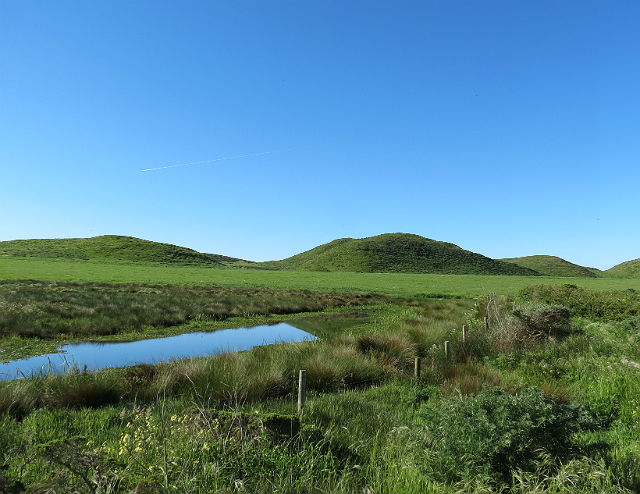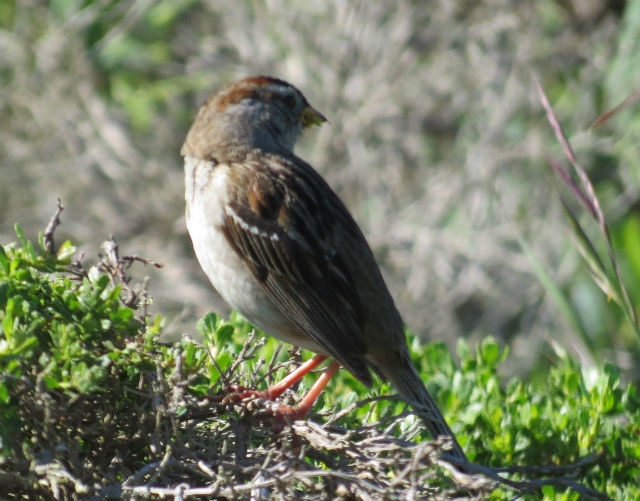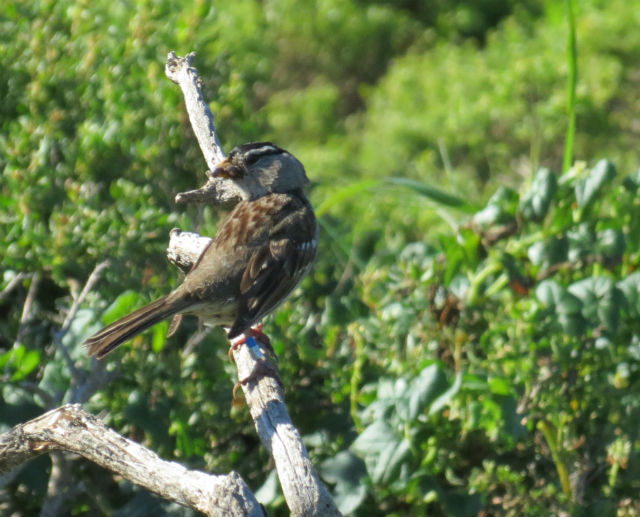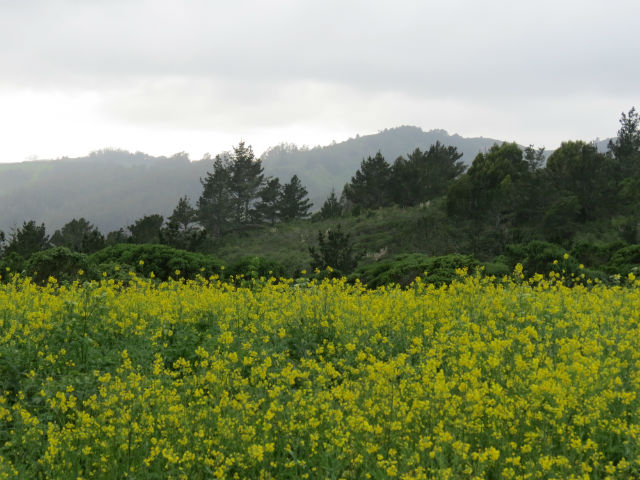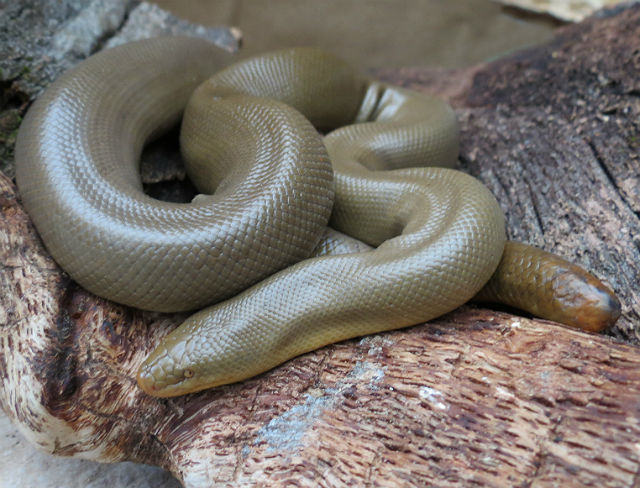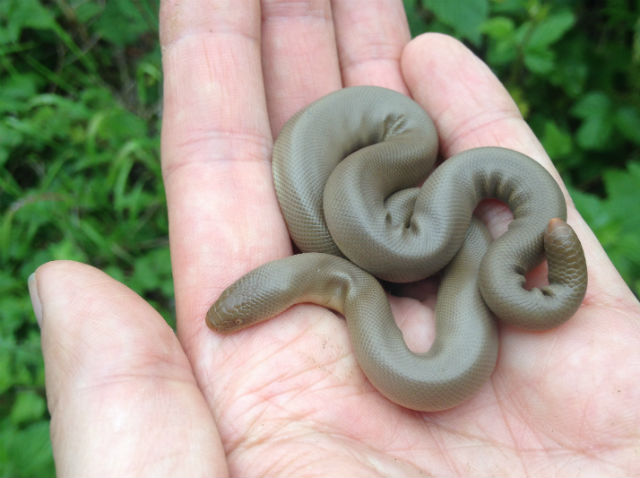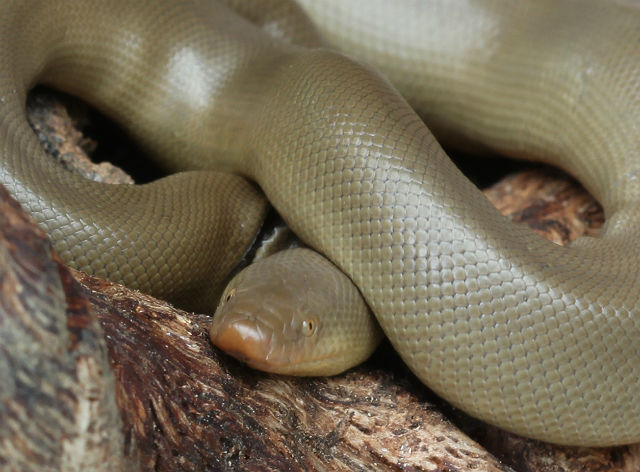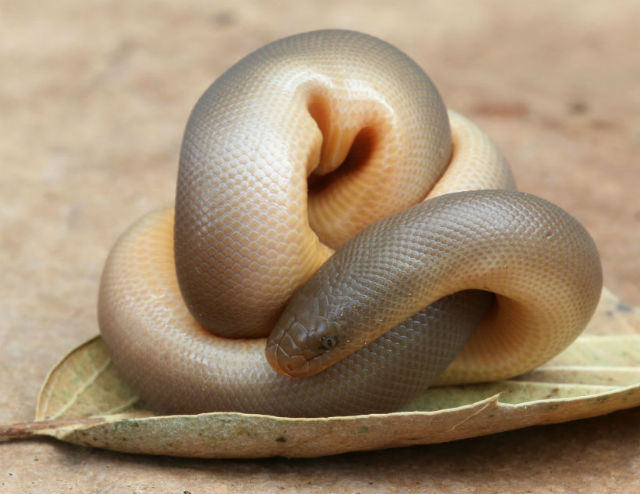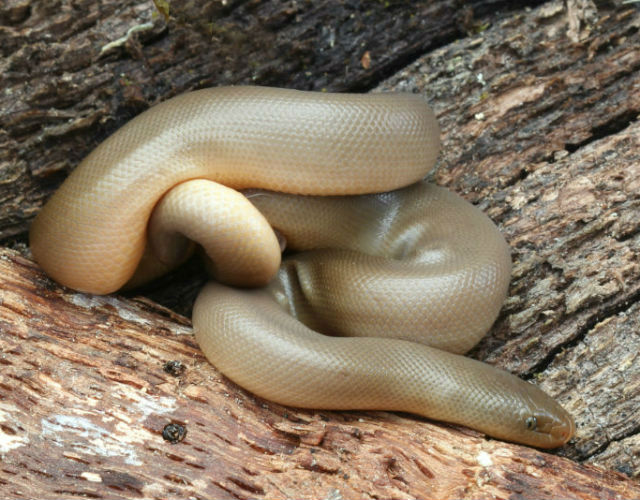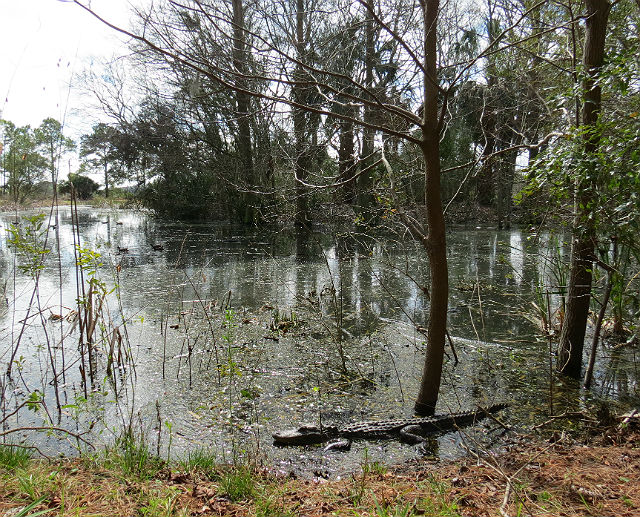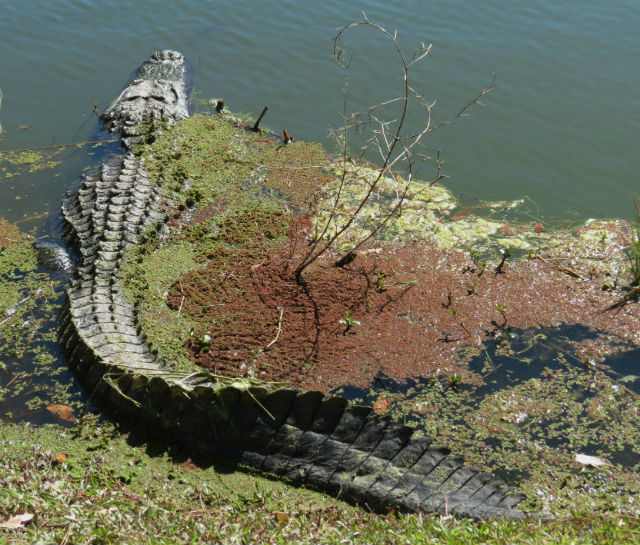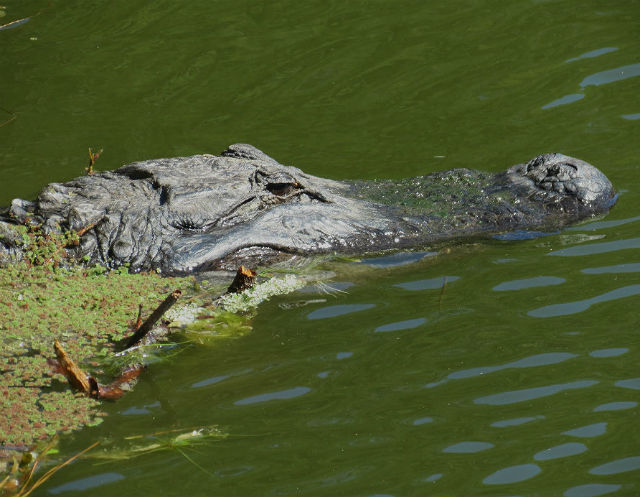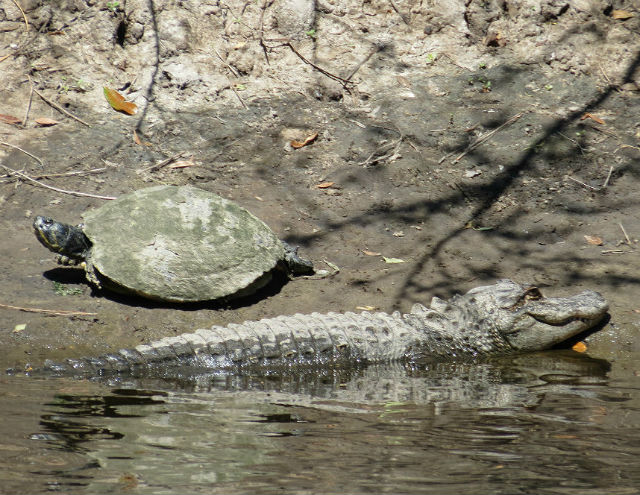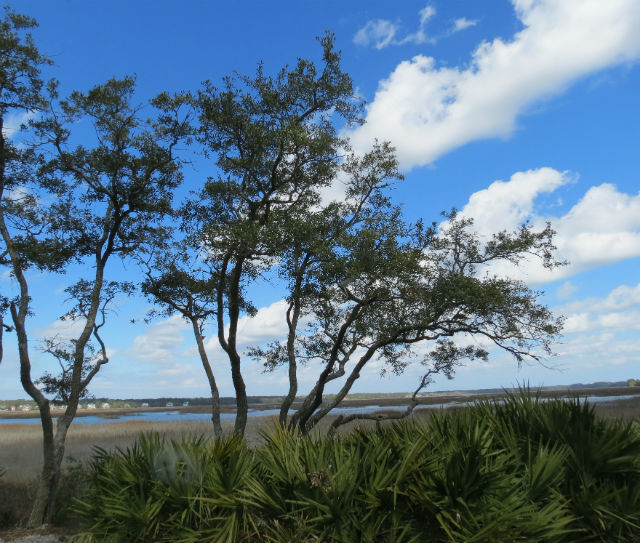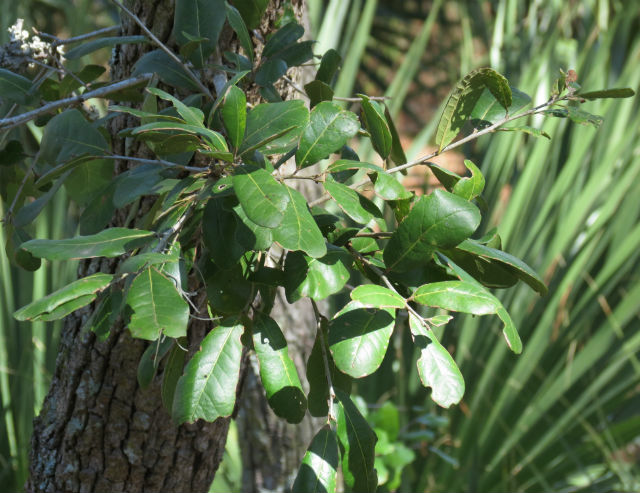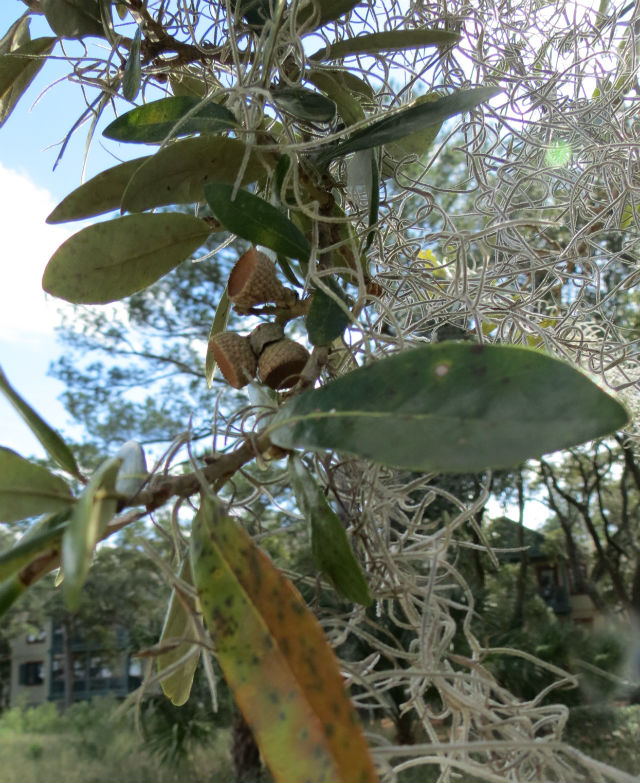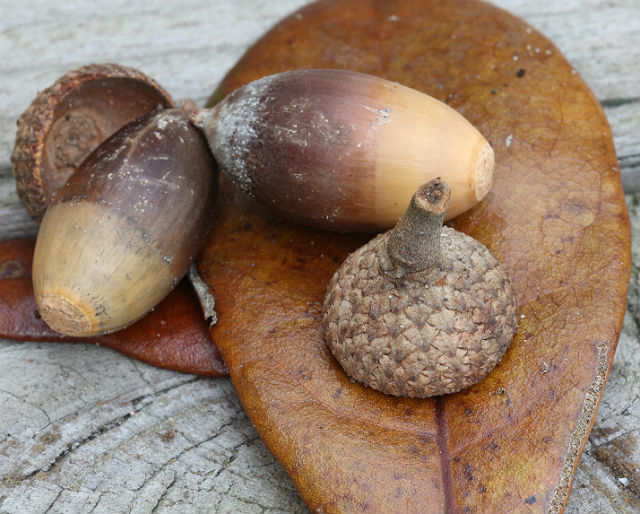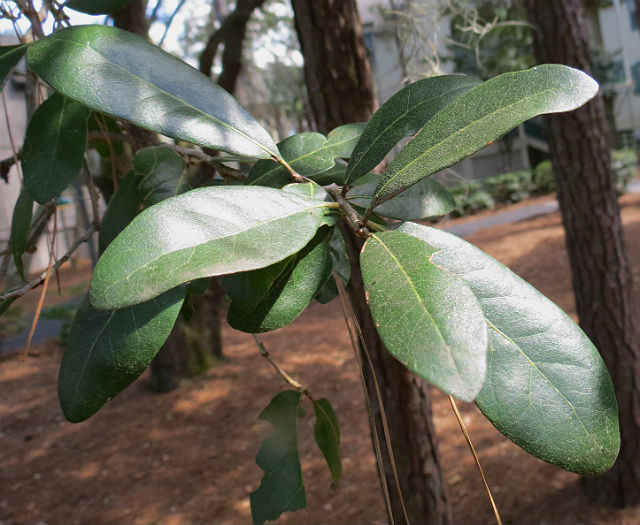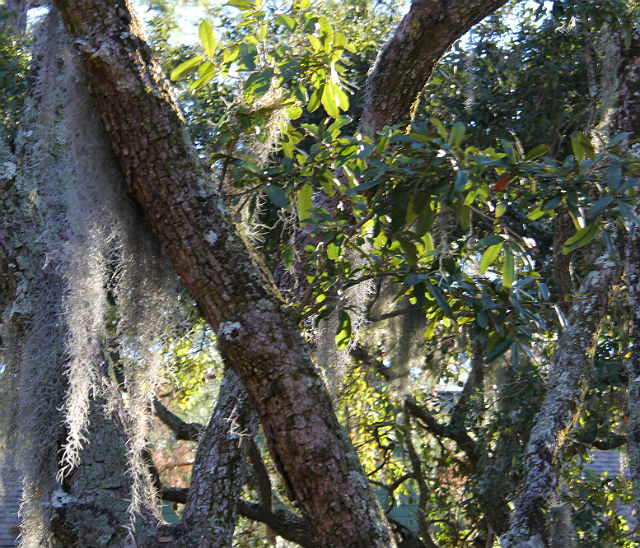While visiting Point Reyes National Seashore in California, I saw many of these distinctive birds with bold black and white stripes on their heads.
Juveniles are not as brightly colored as the adults. Immature White-crowned Sparrows are tan with brownish head stripes.
They require a patchy mosaic of bare ground and shrubby areas for breeding. These birds fan out into open ground away from sheltering bushes as they feed.
They use a two-footed scratching maneuver to locate food in the leaf litter which consists of seeds, grass, buds, fruits. insects and spiders.
I saw several males calling from shrubs. The White-crowned Sparrow is one of the best-studied songbirds in North America. Much of our knowledge of bird song and development is based on studies of this species.
It was enoyable not only to see these birds, but to hear them pour out their songs over and over again, adding to the sights and sounds of the Bay Area.

